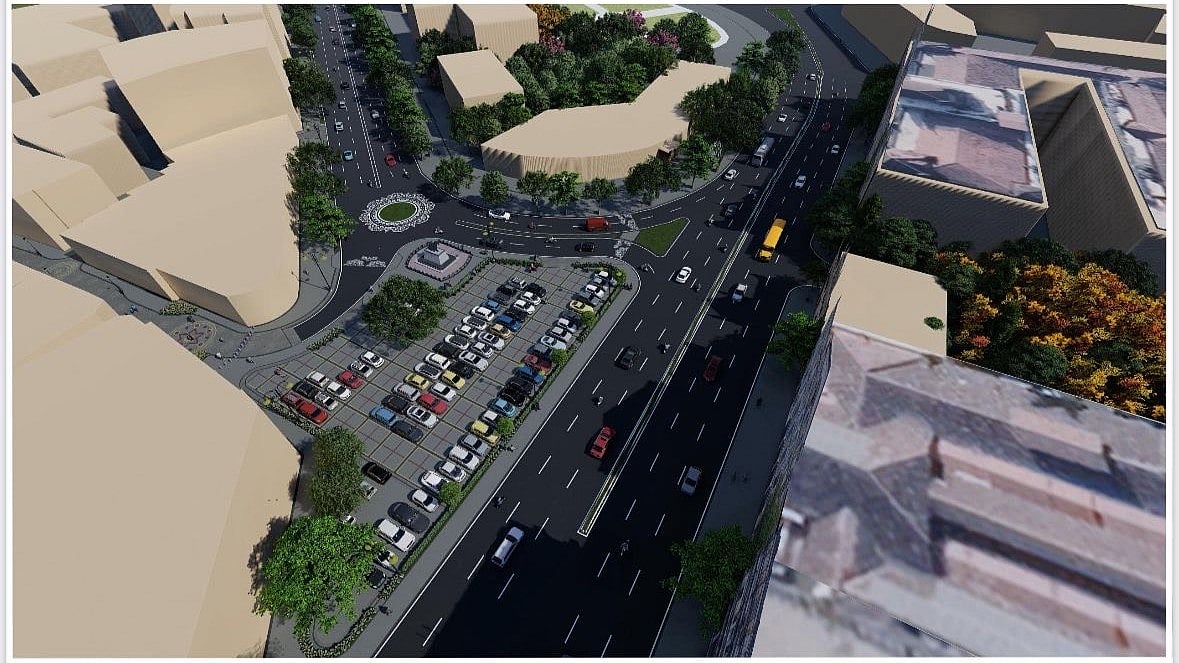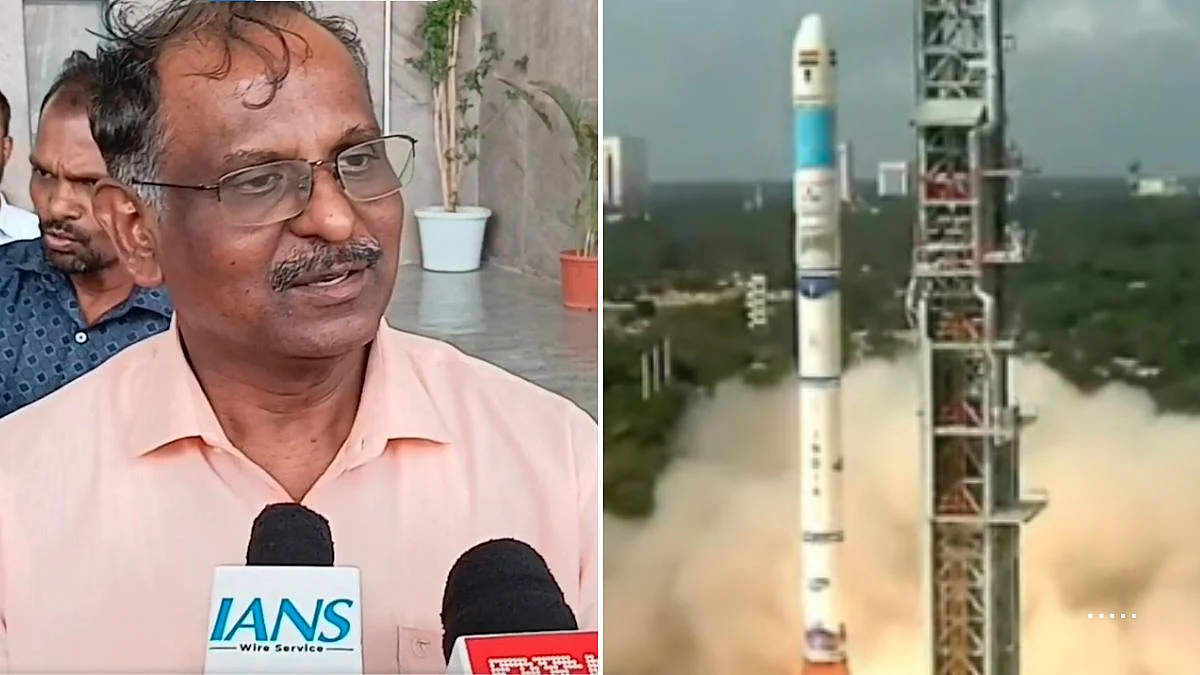The India Space Research Organisation (ISRO) is going to launch the NISAR satellite from Sriharikota on July 30, 2025. It is termed the most expensive and advanced tool to monitor the Earth's atmosphere from space. The 2,392 kg satellite will be launched by the Indian rocket GSLV-S16. This mission builds upon a decade-long strategic partnership between NASA and ISRO, which includes various forms of cooperation. The launch of NISAR marks a significant milestone in the collaborative space efforts of NASA and ISRO.
What is NISAR?
NISAR, which stands for NASA-ISRO Aperture Radar, is a joint space mission between the United States' NASA and India's ISRO. This satellite is designed to study the blue planet's atmosphere and its changes using a technologically advanced radar. NISAR, the advanced satellite, is equipped with an advanced radar that is powerful enough to see not only through clouds but also dense fog, smoke, dense vegetation, and monitor the Earth's land and ice-covered regions.
The satellite will detect changes in the ecosystem, climate, weather patterns, natural hazards, and more. It will help scientists and geologists to know how the land is deforming from earthquakes, volcanic activity, landslides, the movement of land ice sheets, and more. The satellite will monitor changes in vegetation, wetlands, and soil moisture. With the help of this information, scientists would be able to manage disasters like earthquakes, tsunamis, and floods. Meanwhile, information related to vegetation will help farmers to understand crops and land.
The most advanced and expensive satellite
NISAR can photograph the Earth in all weather conditions and at 24 hours. The three-tonne well-equipped machine was made at a cost of $ 1.5 billion. It is considered the World's most advanced and most expensive civilian Earth imaging satellite. The satellite will map the entire globe and ice every 12 days. Its powerful radars will generate high-resolution images even in darkness.
NISAR will also produce approximately 80 terabytes of data daily, a massive amount of information that will be distributed globally. According to NASA, the images will be detailed enough to show local changes and broad enough to measure regional trends. This is also the first time that NASA and ISRO have collaborated for an Earth observation satellite mission.
NISAR is equipped with a dual radar system
NISAR is equipped with a dual radar system, which means the satellite uses two types of radar: L-band from NASA and S-band from ISRO. Both types of bands will look at different aspects of Earth's surface. The L-band will be able to monitor the dense forests and soil, and it will also monitor the surface beneath it. Meanwhile, the S-band is better for surface-level changes like plant growth and water levels.
NISAR's launch time
According to the Minister for Science and Technology, the much-anticipated launch of the NASA-ISRO Synthetic Aperture Radar (NISAR) satellite mission is scheduled for Tuesday, July 30, 2025, at 17:40 hrs from the Satish Dhawan Space Centre, Sriharikota. You can watch the NISAR launch on the official website of ISRO and NASA.











